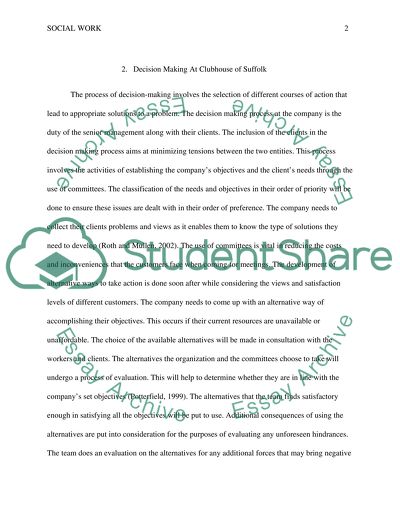Cite this document
(“Decision Making and Advocacy Research Paper Example | Topics and Well Written Essays - 3000 words”, n.d.)
Retrieved de https://studentshare.org/sociology/1392711-social-work
Retrieved de https://studentshare.org/sociology/1392711-social-work
(Decision Making and Advocacy Research Paper Example | Topics and Well Written Essays - 3000 Words)
https://studentshare.org/sociology/1392711-social-work.
https://studentshare.org/sociology/1392711-social-work.
“Decision Making and Advocacy Research Paper Example | Topics and Well Written Essays - 3000 Words”, n.d. https://studentshare.org/sociology/1392711-social-work.


